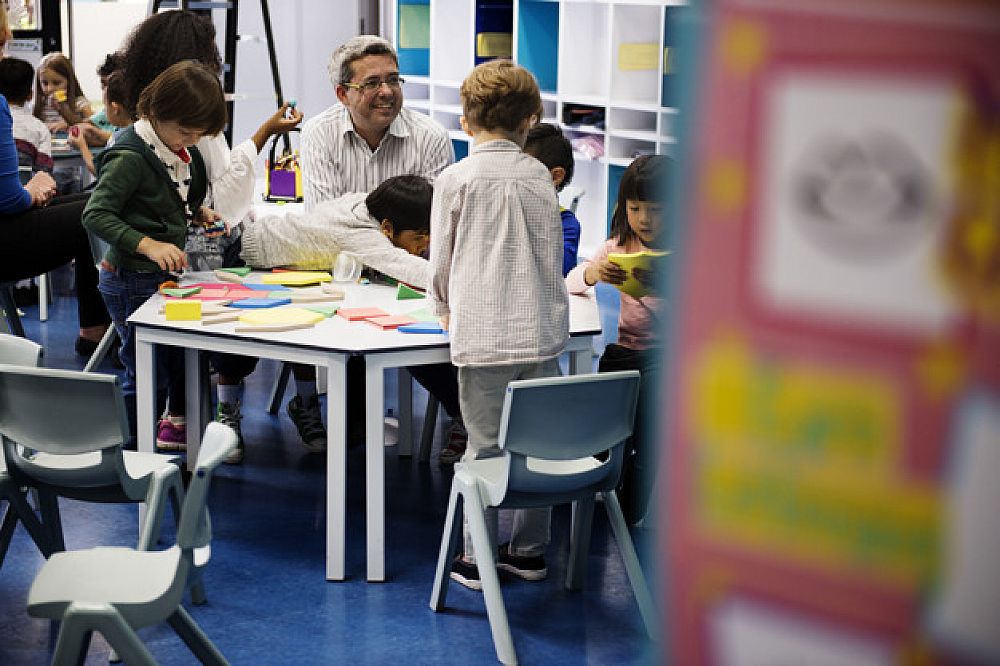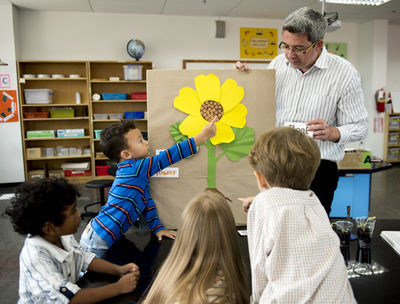Constructive Approach to Teaching Children With Varying Learning Abilities

The Oxford Dictionary defines learning ability as the ability to comprehend or understand and profit from an experience (Vocabulary.com, 2019). The reality is that in any classroom, a teacher will be faced with teaching children of varying learning abilities.
Table of Contents
Students With Various Abilities
Do you want to teach English abroad? Take a TEFL course!
This post was written by our TEFL certification graduate Liezl S. Please note that this blog post might not necessarily represent the beliefs or opinions of ITTT.
Theoretical Points
Constructivism is a theory about how people learn and acquire knowledge and can be a tool for effective teaching when faced with students of varying abilities. The theory states that people construct their understanding and knowledge of the world, through their experiences and by looking back or reflecting on those experiences. (Faculty of Education and Social Work, 2012)
When we experience something new, we have to make it compatible with our previous ideas and experience, maybe changing what we believe, or potentially discarding the new information as irrelevant. (Educational Broadcasting Corporation, 2004) This means that we create our knowledge. To do this, we must ask questions, explore, and assess what we know. (Educational Broadcasting Corporation, 2004)
Effective learning and teaching require learners to access prior knowledge and as children enter classrooms with different past experiences, teaching has to be adapted to this.

Also Read: How long are TEFL contracts?
In the EFL Classroom
The EFL classroom is no different and as a result, an effective strategy needs to be implemented to ensure that all learners, regardless of their learning ability, get as much exposure to English as possible, whilst limiting anxiety and stress. To achieve this, the Engage-Study-Activate method has been noted as effective as it, not only follows this constructivist approach but also gives the teacher a great deal of flexibility (International TEFL and TESOL Training, 2011). The ESA method is an ideal methodology when faced with students of varying learning abilities.
Students With Various Abilities
In an EFL lesson to a mixed ability class, the 'Engage' phase of the lesson could include flashcards and pictures. This technique allows the teacher to gauge the prior knowledge and language of the students and also serves to increase the student talk time. The vocabulary that is elicited from the students can be used to construct a circle map. Circle maps are used to define in context or to brainstorm. (Hyerle. D & Yeager. C, 2007) The circle map will be constructed on the board by drawing the center circle and writing into this the focus – in this research, the focus will be holiday destinations. The outer circle is then drawn and the learners are prompted to provide vocabulary on everything they know about holidays.
Also Read: How to Deal With the Classroom Discipline
The Engage Stages
The engage phase of the lesson appeals to learners who have strong spatial-visual intelligence. (Orey, 2010) Gardner defined spatial-visual intelligence as "the ability to think in images and pictures, to visualize accurately and abstractly". (Faculty Development and Instructional Design Centre, 2008) As a result, learning is more effective if combined with imagery, so the construction of concept maps can develop learners' spatial-visual intelligence. Learners will process information more effectively as the information is seen in the form of a picture or map. (Orey, 2010)
The International TEFL and TESOL training guide, Unit 3 notes that the study portion of a lesson will focus on the language and how it is constructed. The elicitation of the vocabulary on the Holiday topic will be followed by the presentation of the language point. In this phase, students will be given gap-fill worksheets where they have to match pictures of various items, relating to holiday destinations, to definitions. This will be done by visiting various stations set up in the class, providing information on various destinations. By allocating a portion of the lesson to individual work, the teacher is able to respond to the individual differences in the learning ability of the students in the class, and it also reduces the stress and anxiety of an academically weak student having to contribute in front of the whole class (International TEFL and TESOL Training, 2011).

Also Read: 5 Important Things to Prepare You for Teaching English in Hanoi
The Activate Stage
This will then be followed by the Activate phase of the lesson, where students will be divided into pairs and asked to design a brochure to a fictitious holiday destination. They will then present this to the class and tell them everything that this destination offers. By pairing students of varying abilities, they have the opportunity to learn from each other and correct each other's mistakes.
The Study Stage
The study phase of the lesson and the gap-fill worksheets would benefit the development of learners' bodily-kinaesthetic intelligence. According to Orey (2010), bodily-kinaesthetic intelligence refers to people who process information through physical sensations or information from their surrounding environment. Activities that require hands-on experiences would benefit children with strong bodily-kinaesthetic intelligence (Orey, 2010).
Once learners have made the brochures, they are asked to present their holiday destination to the class. Presentations to their peers allows for the development of verbal-linguistic intelligence as it requires learners to interpret and explain ideas and information via language (Faculty Development and Instructional Design Centre, 2008) Furthermore, according to Orey (2010) verbal-linguistic intelligence can be advanced by class discussion as individuals have to understand and manipulate words and languages. As verbal-linguistic learners learn best through hearing and seeing words as well as speaking, discussing and debating, (Orey, 2010) this lesson would appeal to them as they will benefit from the introductory video shown as well as the reciprocal teaching to their peers.
Do you want to teach English abroad? Take a TEFL course!
In conclusion, if teaching remains student-centered, then it is possible to effectively manage a class with pupils of varying learning abilities.
Apply now & get certified to teach english abroad!
Speak with an ITTT advisor today to put together your personal plan for teaching English abroad.
Send us an email or call us toll-free at 1-800-490-0531 to speak with an ITTT advisor today.
Related Articles:
- 6 Tips You Need to Know About Jobs Teaching English Abroad
- 7 Misconceptions about TEFL Uncovered
- 4 Striking Advantages for Non-Native English Teachers in the TEFL Classroom
- 10 Pieces of Advice Every New TEFL Teacher Needs to Know
- 4 Top Tips for Getting Your TEFL Certificate on the Road
- The Truth About TEFL for Non-Native English Speaking Teachers



